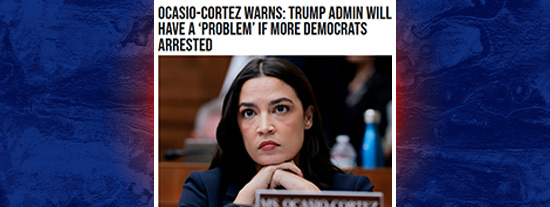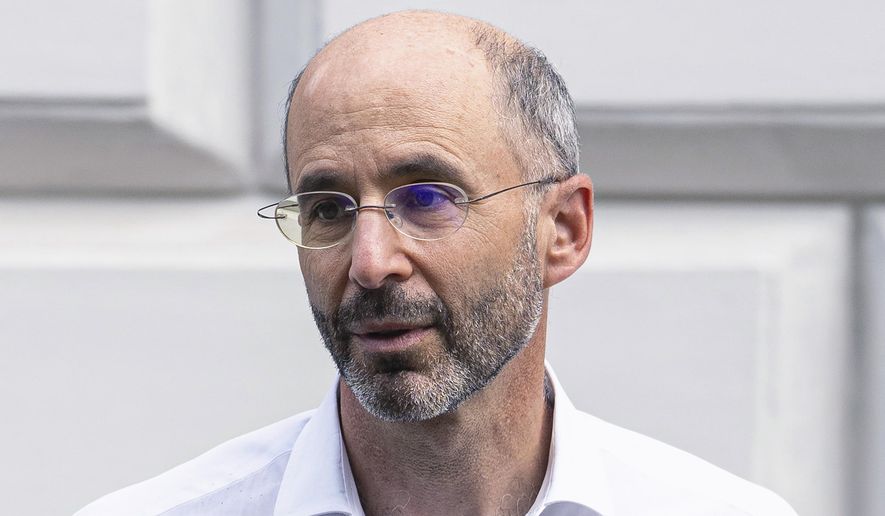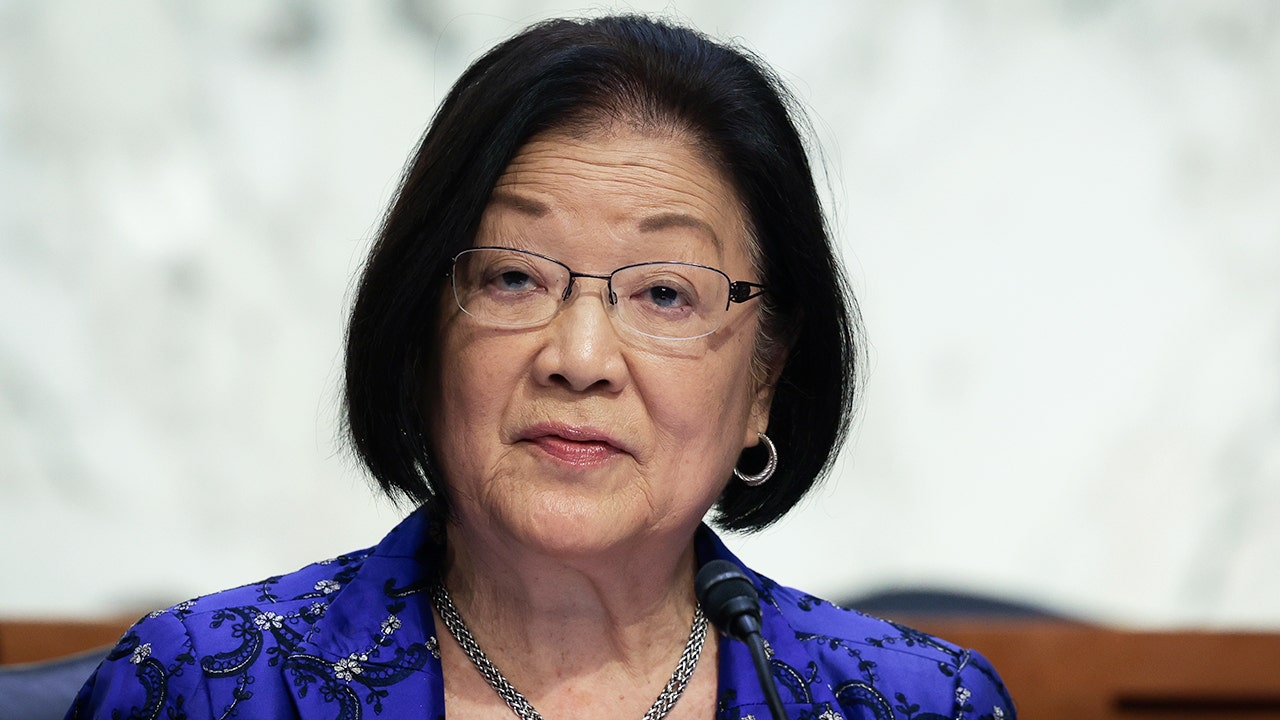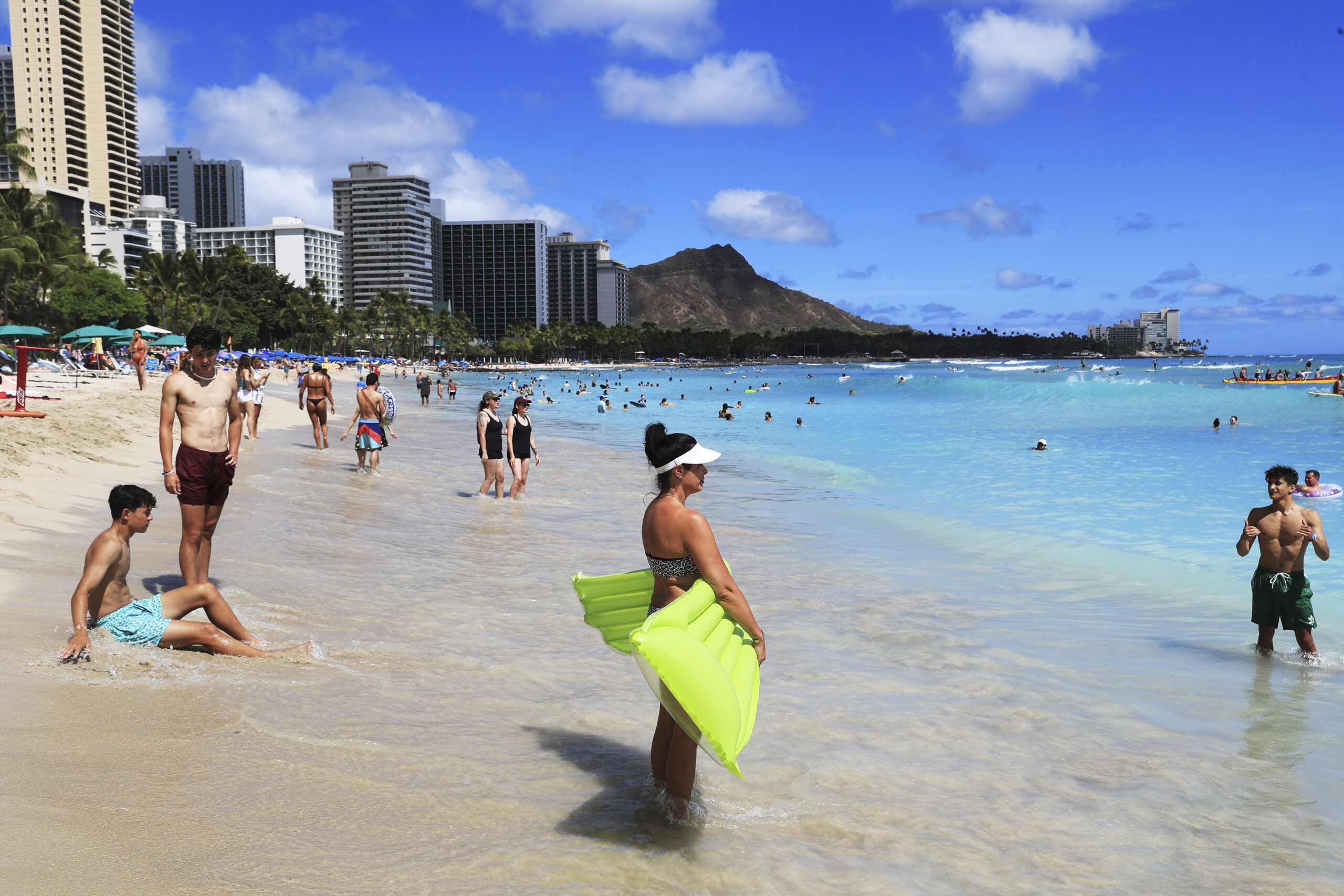Hawaiian Electric Knew of Wildfire Threat, but Waited Years to Act

Hawaii’s biggest electricity provider prioritized renewable energy over wildfire protection, according to regulatory filings.
After the Maui wildfires, which killed at least 112 people in Lahaina while hundreds of others remain unaccounted for in the aftermath of the tragedy, there are questions about the role played by the island’s largest utility company.
Hawaiian Electric, the company that provides electricity to 95% of locals in Hawaii, realized during 2019’s wildfires it had to do more to stop its power lines from ejecting sparks.
It has promised to conduct drone surveys in order to identify areas that are vulnerable to wildfires, and to determine the best way to keep residents and infrastructure protected.
|
The Wall Street Journal, citing regulatory documents, reported that only $245,000 had been invested between 2019 and 2020 on projects relating to wildfires on the island.
Hawaiian Electric focused instead on a conversion to renewables following a 2008 spike of oil prices, as 80 percent its energy is imported.
The first time in U.S. history, lawmakers passed a law in 2015 requiring that 100 percent of the electricity generated by the state must come from renewable sources.
Hawaiian Electric announced in 2017 that they would achieve the goal five-years ahead of schedule, but some experts believe that this focus on fire mitigation may have been at the expense of Hawaiian Electric.
The fires are a direct result of their dedication to the cause. They may be facing financial ruin or pending lawsuits.
Maui Police Chief John Pelletier said that crews continue to search the charred remnants of more than 2,000 homes and businesses that have been destroyed by fire.
Pelletier stated, “Realize the responders who are out there are retrieving their loved ones and family members.”
Hawaiian Electric, despite the fact that the cause of this fire is still unknown, is being heavily criticized for failing to shut down power lines in the face of high winds which created dangerous conditions for fires.
They have agreed to investigate their roles and said that they would cooperate in a separate investigation into the fire started by Hawaii’s Attorney General last week.
We all think it is important to know what happened. Shelee Kimura, the chief executive of Hawaiian Electric, said, ‘I think we all feel it is important to ensure that it does not happen again.
Hawaiian Electric told the WSJ they also kept wildfire risks to a minimum by performing routine utility work. This included trimming or removing of trees, upgrading, replacing, and inspecting their equipment.
The company has said that it has spent approximately $84 million in maintenance and tree work on Maui County over the past year.
DailyMail.com contacted Hawaiian Electric to ask about their current expenditure on renewables and what percentage of its workforce is dedicated to reducing emission by 2045.
S&P gave the utility a junk-rating after the fires. Stocks plummeted by 49 percent.
On Saturday, proposed class action lawsuits filed in state courts on behalf of thousands of Hawaii residents affected the fires which left thousands homeless and Lahaina a ruin.
In one of the lawsuits, residents from Lahaina claimed that Hawaiian Electric was responsible for the fires because it failed to turn off power lines in spite of warnings by the National Weather Service about high winds blowing down the lines and causing fast-spreading forest fires.
A number of reports claim that the failure to properly maintain the grid by the company was the cause of the catastrophe. Facebook has also posted videos purporting to show powerlines intertwined with trees and vegetation.
In the aftermath of the tragedy, footage of a downed powerline during a storm was also released.
A video taken at the Maui Bird Conservation Center near Makawao appears to show an intense flash in the trees at the same time that ten sensors detected a major incident on the Hawaiian Electric grid in August.
The Makawao Fire was not related to the fire that destroyed the historic town of Lahaina but it was one of the many reported on Maui in August.
Whisker Labs is a company which uses a sensor to monitor the electric grids in the United States. She Washington Post reported that the bright light could have been an arc flash. This happens when power lines ‘fail’.
Bob Marshall, founder and CEO at Whisker Labs told The Washington Post that the data confirms the fact that the utility grid faults are likely to be the cause of multiple Maui wildfires.
PG&E, a utility company in Northern California, filed for bankruptcy protection in 2019. Power lines had ignited a number of major fires.
According to the WSJ, Hawaiian Electric officials are in discussions with PG&E counterparts to seek legal advice about how to handle the fallout.
Hawaiian Electric, despite vowing to not make the same mistakes as PG&E in addressing wildfires, took years before taking significant action. During that time they focused on a mandated shift to renewables by the state.
Hawaii Wildfire Management Organization data shows that wildfire risk has been well known for many years. In 2019, 39,000 acres were scorched compared to only 150 in 1999.
The group has released several reports highlighting the dangers of invasive plants which have overtaken the island. Nearly a quarter is covered with invasive shrubs and grasses.
In 2018, Hurricane Lane contributed to the burning of more than 2,000 acres in Maui. The year following, 9,000 acres had been reduced to ash, prompting hundreds of evacuates.
Hawaiian Electric, in response to the 2019 fires that caused so much damage, released a press release stating it would install heavier and insulated conductors for Maui, Oahu, to reduce the risk of sparks during high winds.
The company said it would install a technology that detects disruptions when conductors come into contact with each other or vegetation.
The company also stated that it would install cameras to monitor the weather during fire season and apply fire retardant to poles located in high-risk areas.
Wildfire mitigation will only be mentioned in passing during the next two-year period of filings to the Hawaii Public Utilities Commission (HPUC), which approves utility spending and projects.
Mina Morita who was the chairperson of the State utilities commission between 2011 and 2015 stated that while there was concern about wildfire risks, the focus on politics was electricity generation.
Doug McLeod is a consultant and former Maui County Energy Commissioner. He said that private energy companies who work with Hawaiian Electric also feel the pressure to achieve renewable goals.
He said, ‘Looking at the past with hindsight the business opportunities were in the generation sector, and that the utility was putting out bids for all these large renewable-energy projects’.









No Comments